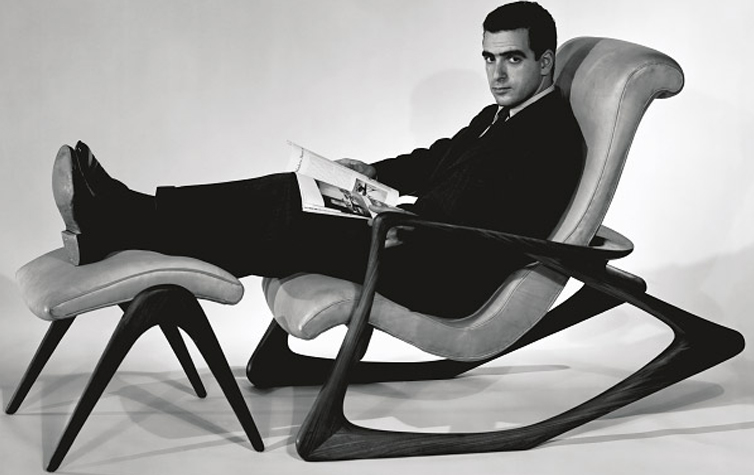The Nazi Party’s rise to power in the 1930s led to world-wide disaster, but for furniture designer Vladimir Kagan, it was the catalyst that brought him to a lifelong career of furniture design.
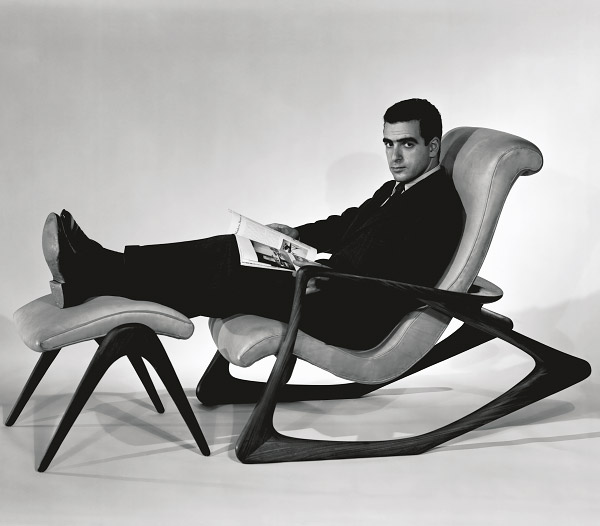
Early Beginnings
Vladimir was born in Germany in 1927 and emigrated in 1938 due to Nazi dominance. His father Illi was a cabinet maker, and Vladimir assisted him in their shop. He said once in an interview: “It was traditional that you went into your father’s business, you had help. While I really wanted to be an artist and a sculptor, and was interested in painting, it was inevitable that I would end up in the furniture business.”
He changed his study focus from painting and sculpture to architecture and design, and studied at the Columbia University School of Architecture. After he graduated in 1947, he worked with his father in their furniture shop. “[Father] always said, ‘Measure three times and cut once;’ I would be of the school of cut three times and never measure,” he said. “So instead of becoming a cabinet maker, I became furniture designer.”
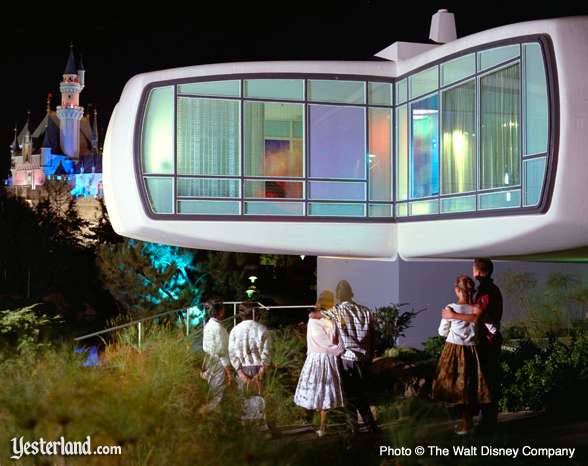
Iconic Work
In 1948, Vladimir opened his own shop in New York, and in 1950 partnered with Hugo Dreyfuss to open a furniture show room. Some of Vladimir’s early work included furniture for the Delegate’s Cocktail Lounge at the United Nations, as well as furniture for the Monsanto House of the Future at Disneyland.
While Dreyfuss retired in 1960, Vladimir continued to design furniture, and worked with well-known clients such as Marilyn Monroe, Walt Disney, General Electric and General Motors. Some of his more famous designs include the 1949 Serpentine sofa, 1953 Contour lounge chair, 1950 Sculpted coffee table and 1953 Contour rocking chair. “I wanted to create vessels to hold the human body,” he said.
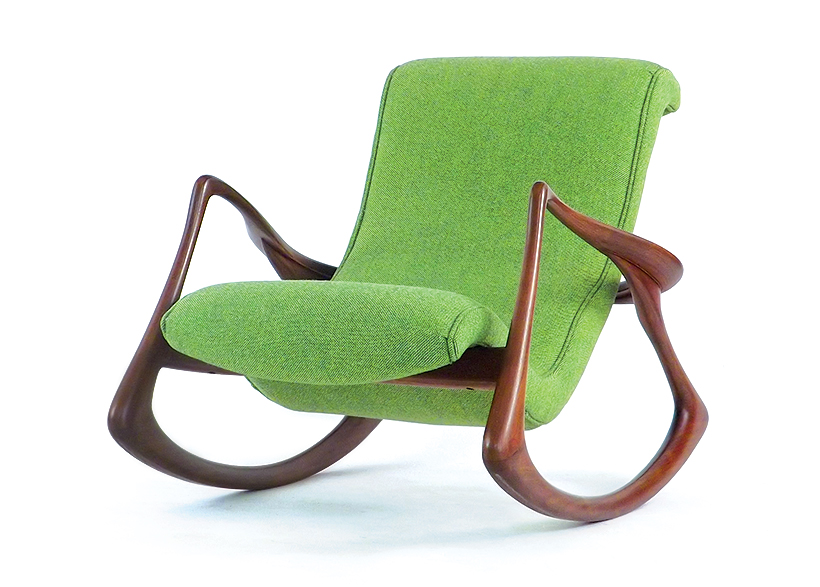
Much of his design influence came from nature. “I always used to like to go out and draw trees,” he said. “I love the way a tree grew out of its stem, and then developed into branches and then from there more branches. That whole growth concept was fascinating. I looked at leaves and things like that and those were early influences that I think filtered into my design work.”
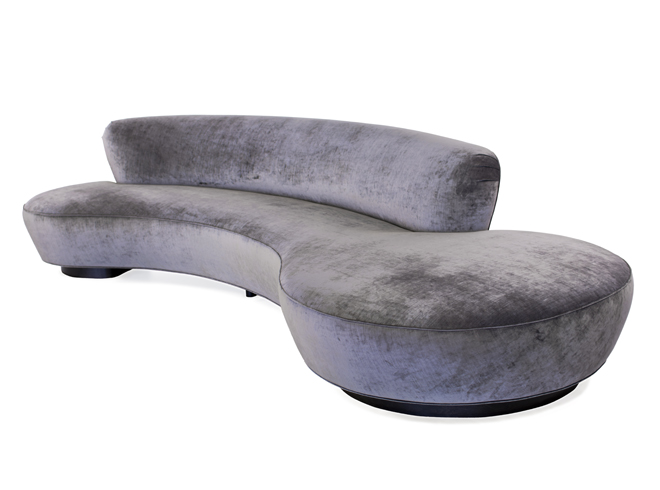
Legacy
With a true passion for design, Vladimir didn’t stop his work. Though he officially retired in 1988, he continued his designing furniture, and gave back to the community by teaching and serving as chair of the Advisory commission of the High School of Art and Design in New York.
He was always working on something new. “I don’t particularly want to be remembered for just ’50s designs, I really am happy to have creativity now,” he said. “My favorite piece is always the piece I’m working on now.” He was active in his company, Vladimir Kagan, until the end of his life. He was even working on designs the evening before he passed away, in April 2016. His 88 years are proof of what it truly means to be an artist—having a passion for the work, and continuing to grow and develop until the end.

